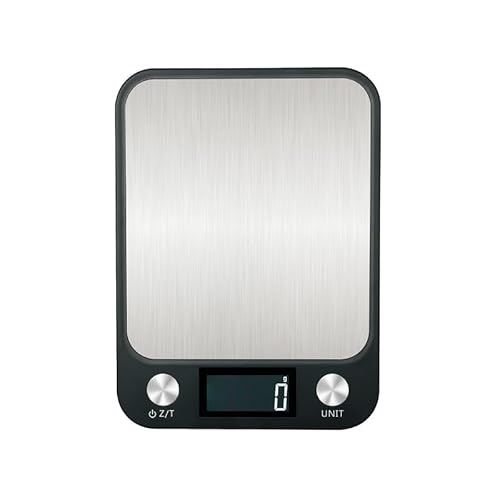It stays very fluid, looks grainy like applesauce, without being translucent and once I got brave enough to try testing before it looks like vaseline ... lots of voltage. I posted a thread on the issue this morning with a couple of pics. I really wish I knew what was happening. I'm at a loss and I've tried everything I could think of and it's the only reason I'm trying the hot temps.So I'm puzzled -- If you're soaping that hot and riding the edge of a volcano for around 10 minutes, what are you seeing in your soap that tells you it's not saponified within an hour after that volcano-y start?
https://www.soapmakingforum.com/threads/hp-troubles-hps-please-help.78258/










































